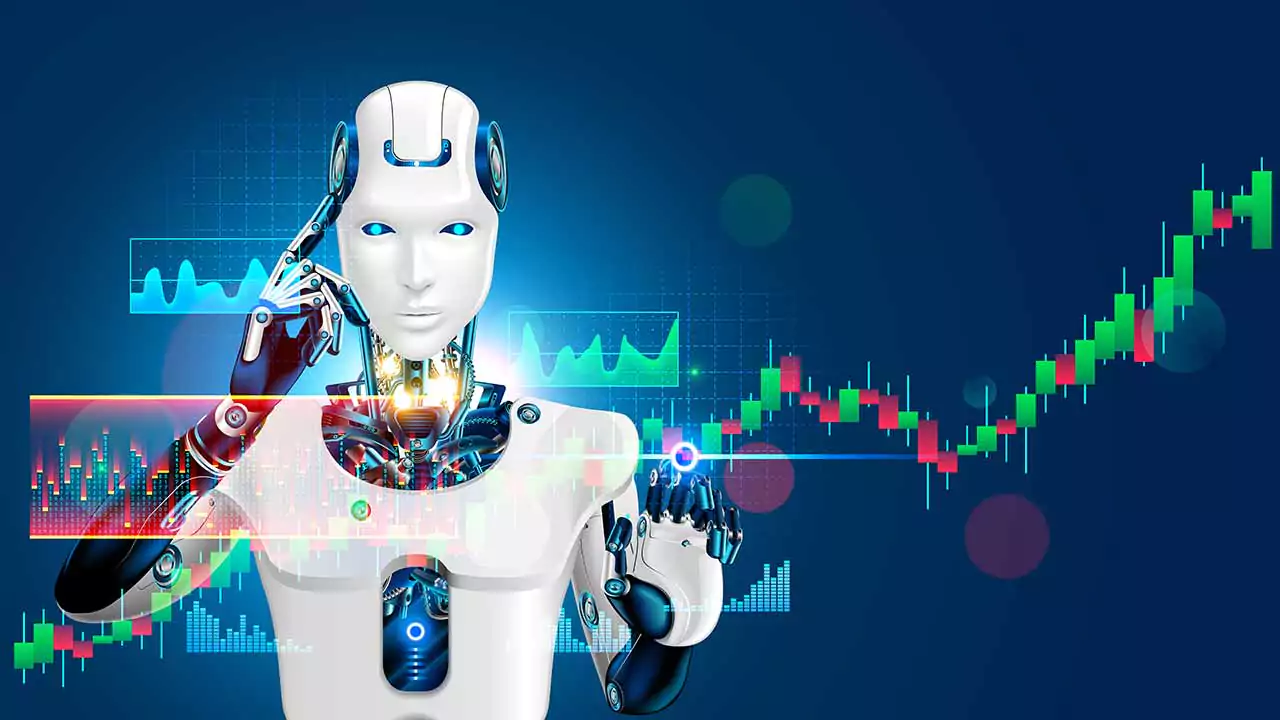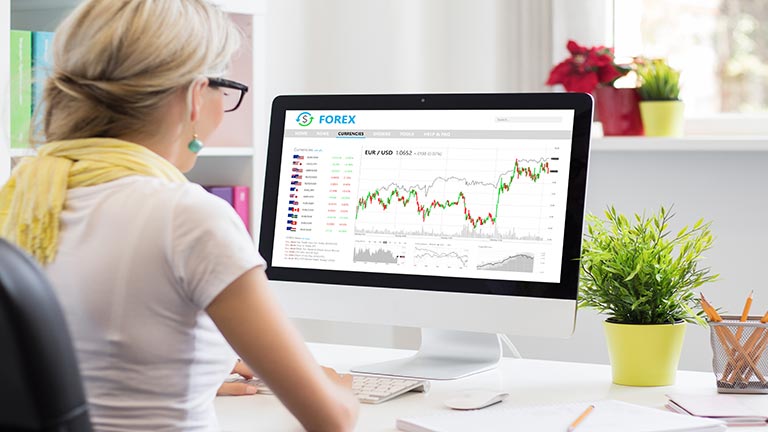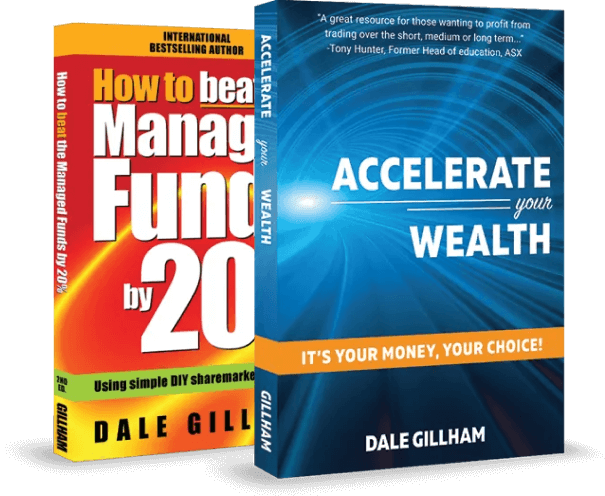What is Robot Trading & Should You Be Worried?

By Dale Gillham
Could computer algorithms be affecting the share market and therefore, your potential returns? We’ve been keeping a close eye on automated robot trading systems to see how these machines will affect market volatility and share prices for human traders.

Robots are capable of placing 150 trades in just a few milliseconds and with rates as mind-blowing as that, it’s no wonder we’re noticing a massive impact.
In this article, we’ll take a closer look at how robot trading, also known as algorithmic trading or automated trading works and what you can do to beat the power of automation. Read on to find out why you should be aware of what’s happening in the market, so you can look after your money.
What is a trading robot?
A trading robot is run by fully automated trading software and is able to buy and sell shares in the official market - alongside the likes of you and me. Forex (foreign exchange market) robots have transformed market conditions, introducing algorithmic trading that allows computers to instantly carry out user-defined actions (such as entry and exit signals) based on set rules.
Set entry and exit rules are dictated by predefined conditions to automatically trade when these rules are triggered to take advantage of market opportunities that arise within milliseconds. This is much faster than the manual decision-making of human traders.
In the US exchange market, automated trading accounts for around 75% of all trades - and it continues to grow in popularity in the Australian Securities Exchange (ASX).
How do trading robots work?
Trading robots are developed with a set of parameters that help them to make trading decisions. The way they work can vary depending on the type of trading software used, although generally, the trading platform allows users to build strategies based on simple selections from a list of technical indicators. This allows them to build their set of rules so trading becomes automatic.
The other option is for users to build their trading robots by programming their own custom indicators, working in partnership with the developer to give themselves more flexibility and control over how they invest.
What are the pros and cons of robot trading?
While there are some upsides to trading robots, automated systems also come with their fair share of drawbacks for overall market conditions. Given this, it’s important, as a trader that you’re aware of the repercussions. So, what are some of the pros and cons of robot trading?
Pros
- It supposedly removes the emotions of trading
- Reduces human error in executing trades
- Faster execution and order confirmation
- Preserves discipline by executing trades according to set conditions
- It can track and analyse large amounts of market data
Cons
- High capital costs in developing the software
- Lack of human judgement in real-time
- Potential to impact market prices and volatility
- The system may not be able to react quickly enough to changing market conditions
- Potential for mechanical failures with the software
- There is a higher risk of unexpected losses
Is robot trading taking your money?
In his article Share Wars: How the Robots are Robbing You, David Potts discusses how the influx of computer-generated trading has built a potentially dangerous environment for investors. Naming them as the 'ultimate inside traders' Potts explains that robot traders can plug straight into the ASX’s computer and place a trade in just a millisecond. Not only can this drag share prices down, but it can also be highly misleading for everyday human investors.
Essentially, this high-speed trading has turned the market into a 'survival of the fittest' scenario, where a computer program can move the market around without any real regard for the underlying price of the share. Human investors are unable to keep up with the almost instant trades made by automated trading systems, and so these computer systems can jump the queue - flooding the market with lots of little trades of low value.
But how does that affect you?
While robotic trading continues to flood the market with lots of low-priced trades, this affects short-term volatility and doesn’t actually affect the overall share market. In fact, these high-speed, high-frequency trades take over the market with fake bids that suggest something is happening and make manual traders like you think something is happening. Then, they cancel a transaction in a millisecond before the market opens.
David Potts interviewed me in the article, and I had this to say about my concerns about robot trading:
“They make the market much more volatile and unpredictable. It's like a marathon race. Someone sprints for 10 minutes and gets out in front but the pack catches up.
The whole idea of speed trading is to catch you out, so the solution is to look at the bigger picture.
Don't trade day by day. Look at the market every month and say - what is the real trend?''
Again, always look at the bigger picture and avoid day-trading or trading against the robots. You should also avoid looking at depth when making a trading decision as this is not the reality and could lead to a bad investment.
Automated trading software continues to make the market more volatile which will mostly affect short-term traders and day traders. Even more concerning is the fact that brokers are now moving into 'dark pools' to escape the robots. A dark pool is a private exchange that has no transparency. While speed-trading advocates claim that this practice creates more liquidity, the reality is that this is drained into dark pools and the official market is no better off.
Find out more about how you can beat automated trading
Don’t let automated trading or any other trading software take your money. My advice for beating automated trading is to:
- Buy only quality stocks on a medium to long-term basis
- Always track your order to check that the transactions are occurring
- Remember, any large price swings in one day are short-term changes and don’t mean anything, which is why I always say it's better to focus on the bigger picture.
To find out more about trading robots and hear more essential tips, listen to Robot Trading War: Part 1 and Robot Trading War: Part 2 podcasts from Wealth Within. I’ve covered the effects of automated robots on manual traders, so you can gain a deeper understanding of what to look out for, as well as ways you can counteract the impact.
Wealth Within is Australia’s expert advisers in share trading, delivering Australia's most comprehensive trading course. If you have any questions for me about how you can ensure you’re not affected by changing market conditions, send me a message or call 1300 858 272.
Others who read this also enjoyed reading:






